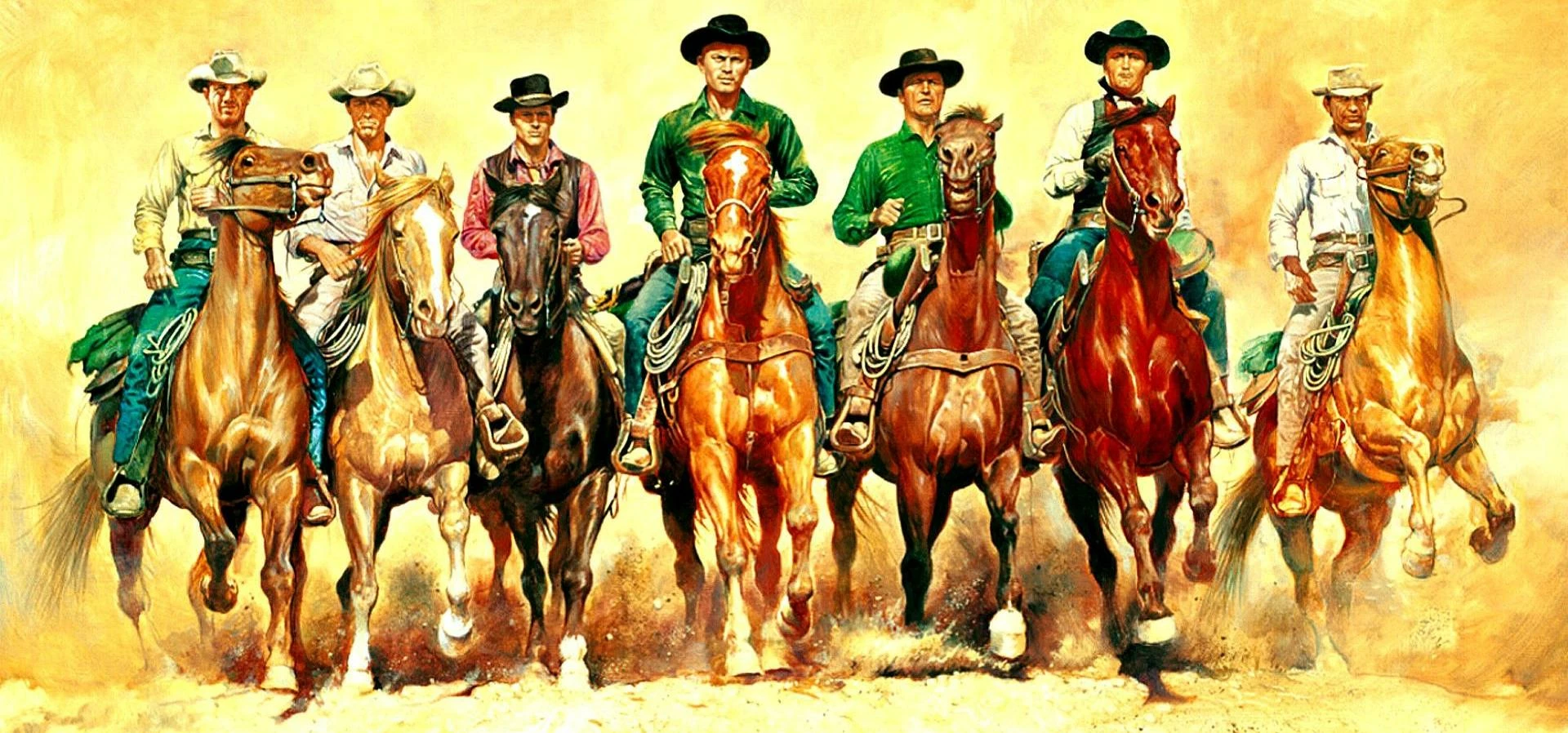
Partner Article
The Magnificent Seven: Characteristics of successful employee brands
Successful organisations are really clear about who they are and where they are heading. They succeed in aligning their activities to their brand by having what we at Gather call fierce clarity at the centre. Fierce clarity is all about how the brand is articulated by an organisation - the words they use, the story they tell, the logic for the business and the relevance to the employees: After all, they are the people whose behaviours define the customer experience.
Successful organisations align their activity to their brand by successfully engaging their employees – who then engage all their stakeholders. Simple? Certainly not.
Successful brand engagement programmes share the following characteristics:
1. They use brand language that is smart and succinct
Most celebrated brands find their articulation through simple phrases: Apple has “Think different”; GE has “Imagination at work”; Sony has “Make. Believe. Google’s mission statement is simply “to organise the world’s information and make it universally accessible and useful’’. There may be more detailed versions of the brand internally, but these simple phrases are usually cited as best practice.
2. They are built on the truths of the organisation – reflecting both the realities and the ambition
You can’t just make this stuff up. Organisations have to work with what they’ve got and develop the culture they have so that it is most useful to where the business is heading. Imposing a culture that doesn’t credibly fit what exists doesn’t work.
3. They are developed collaboratively with the organisation whose employees then feel they contributed right from the start
Top down won’t work. The culture described by brand values has to be seen to be practical and useful by the people who are going to work with them every day. So values need to be developed with everyone in mind because they have to work for everyone at all levels. The people in the organisation need to feel ownership.
4. They are championed at Board level or personally by the CEO
In many successful organisations the brand is not just seen in terms of logo, but as the chief concern of the CEO because it guides the culture and culture drives performance. Successful organisations see brand as long term business strategy. Attempts to raise engagement levels are likely to founder unless there is a willingness and energy at a senior level to take an holistic and long term approach to building commitment in the organisation.
5. They guide communications and behaviours
Use the right kind of words and they can inform the style and content of communications as well as guide behaviours. Again fierce clarity is key. Forget words like ‘Innovative’ and ‘Professional’ – Expert, for example suggests a tone of voice, but also sets up an expectation in terms of behaviours. And since brands must do what they say, especially in today’s world of super-scrutiny and opinion online, why not have a shared basis for doing and saying?
6. They are supported by a well-managed and professionally produced communications programme - the Intranet is key
Culture change is very, very hard and takes time – 3 years at least before activities are aligned to the brand. Getting to the point where everyone in an organisation has a shared understanding takes commitment. It starts with a well-managed and properly produced communications programme and only stands a chance if that’s delivered online and off for years. There are phases of explanation and then celebration as behaviours that are on brand become the story internally and reinforce the values. Thousands of engagement programmes fizzle out after just a few weeks or months because of the sheer effort it all takes. Someone once said that 80% of them fail.
7. They are designed to last and capable of development and refreshment
It’s what people used to call a big idea. The brand idea has got to be articulated in such a way that it is smart enough and inclusive enough to have the broadest impact. And there is lots of room within that idea for creative development and expression.
So, how do you align your activity to your brand? The answer is, with fierce clarity, with a huge amount of effort – and, probably, with a great deal of difficulty along the way.
But those who get there win.
This was posted in Bdaily's Members' News section by Julian Gorham .








 Powering a new wave of regional screen indies
Powering a new wave of regional screen indies
 A new year and a new outlook for property scene
A new year and a new outlook for property scene
 Zero per cent - but maximum brand exposure
Zero per cent - but maximum brand exposure
 We don’t talk about money stress enough
We don’t talk about money stress enough
 A year of resilience, growth and collaboration
A year of resilience, growth and collaboration
 Apprenticeships: Lower standards risk safety
Apprenticeships: Lower standards risk safety
 Keeping it reel: Creating video in an authenticity era
Keeping it reel: Creating video in an authenticity era
 Budget: Creating a more vibrant market economy
Budget: Creating a more vibrant market economy
 Celebrating excellence and community support
Celebrating excellence and community support
 The value of nurturing homegrown innovation
The value of nurturing homegrown innovation
 A dynamic, fair and innovative economy
A dynamic, fair and innovative economy
 Navigating the property investment market
Navigating the property investment market